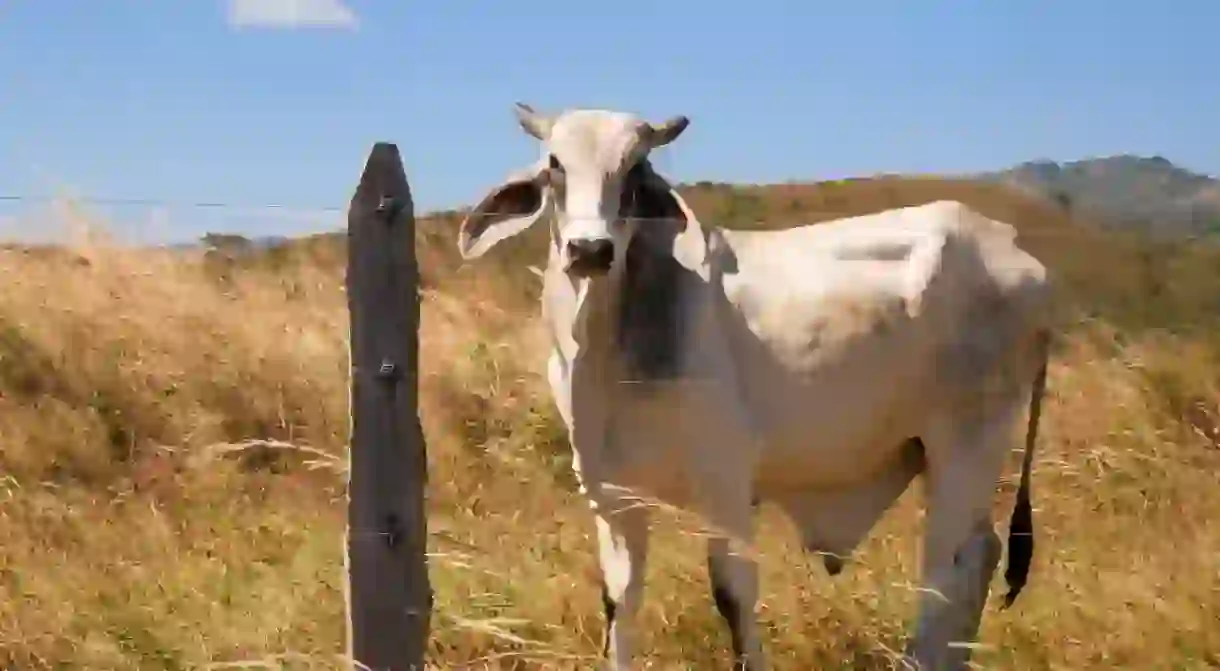Guanacaste's Bombas: A Glimpse into Costa Rica’s Cowboy-Rap Battles

Guanacaste in Costa Rica is well-known for its spectacular beaches, tropical dry forests, abundant farmlands, and cowboy-esque culture. It’s also synonymous with bombas, a key component of life for proud and hardworking Guanacastecos who have strong family values and deep-rooted traditions. Here’s everything you need to know.
What is a bomba?
Bombas originate from Guanacaste. The word ‘bomba‘ literally translates to ‘bomb’ and comes from the word ‘bombeta‘, which means firecracker. This word is appropriate because bombas end with a punchline that can be compared to a bomb or an explosion.
A bomba is similar to a limerick and is typically made up of four rhyming lines. Some bombas have been passed down from generation to generation, while others are completely improvised on the spot. They express daily aspects of life in Guanacaste and can be funny, romantic, naughty, derogatory, or defiant. This oral tradition is a cherished aspect of Guanacasteco culture. Bombas can also be used to express protest or views against societal issues.

Bomba battles
Retahilas are basically bombas that are recited to provoke or challenge another person. Some retahilas are more like long poems than short quatrains. These ‘bomba-battles’ usually arise out of good fun, and are generally improvised in front of a crowd. It is not uncommon to experience this at a local cantina, town fiesta, or one of the many cultural festivals held throughout the year in Costa Rica. Drinking is oftentimes involved, and the entertaining showdown goes on until one of the competitors cannot come back with a retaliation bomba. Sometimes, there are actually organized bomba competitions at fiestas and festivals.
In days gone by, men were the only ones who would recite bombas or retahilas. The crowd often participates by yelling out “¡Uyuyuy!” and clapping at the end of each bomba. There is definitely a lot of energy and excitement in the air when the bombas start flowing.
Examples of bombas
Unfortunately, for the non-Spanish speakers out there, bombas don’t translate well at all into English, as once they are translated from Spanish to English they lose their rhymes. Also, the content is more poetic rather than literal in nature, so translations tend to make little sense in English – to really appreciate a bomba, it must be heard in Spanish. However, if you don’t completely understand the bomba, you can definitely feel the emotion and get a sense of the nature of the content. Each bomba is always started by yelling out “¡Bomba!“.

¡Bomba!
El bejuco cuando nace
nace hojita por hojita
así comienza el amor …
palabra por palabrita.
uyuyuy mamita …
¡Bomba!
La naranja nació verde
y el tiempo la maduró;
mi corazón nació libre
y el tuyo lo aprisionó.
uyuyuy mamita …
¡Bomba!
Ey mamita …
Lirio del valle …
Tuya es la casa
y mía es la calle.
uyuyuy mamita …













